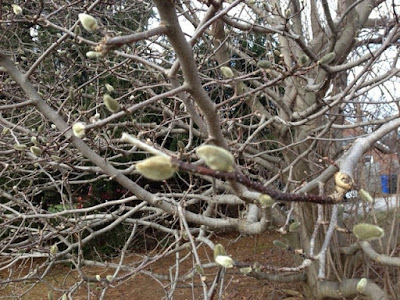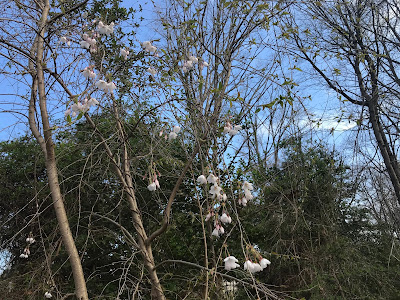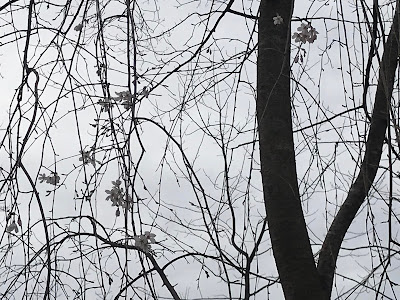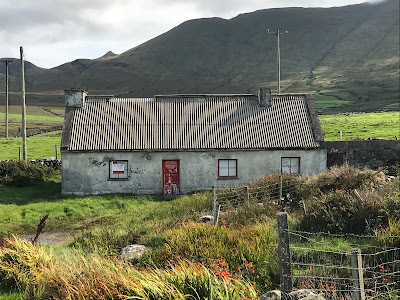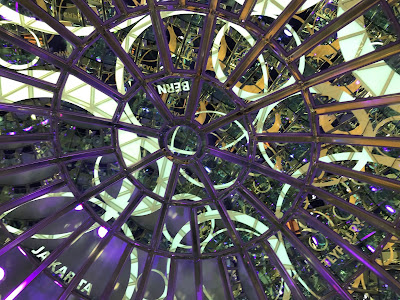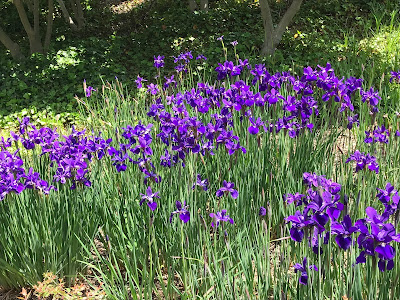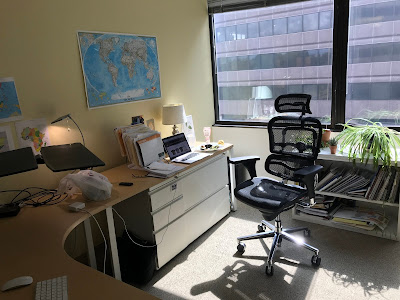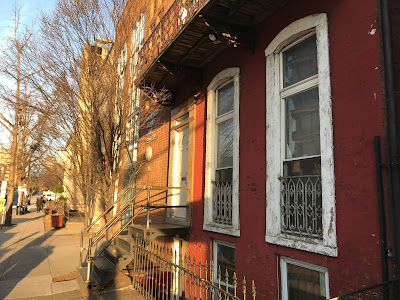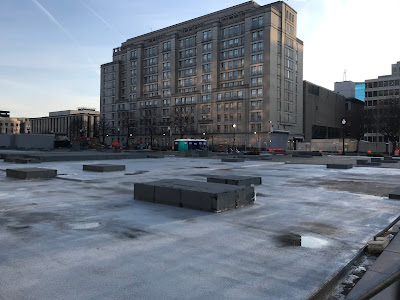New Shopping Etiquette
The local supermarket opens at 6 a.m. I was there by 6:30. I was not alone.
Inside, the place was bustling, with many customers wearing masks and gloves. As expected there was no soap or paper products, and the meat case was almost empty, too.
There was little to choose from in the lettuces and greens section (one of my favorites). I managed to score a small container of arugula (it lasts a while) and a small bag of mixed greens.
Moving on, I was delighted to see the dairy case fairly well stocked. I grabbed what I thought we needed but am already wishing I’d bought more.
The new shopping etiquette makes for a delicate dance these days. If you grab too much you feel greedy. If you don’t take enough you feel foolish.
I tried for the middle ground. I hope I achieved it.

